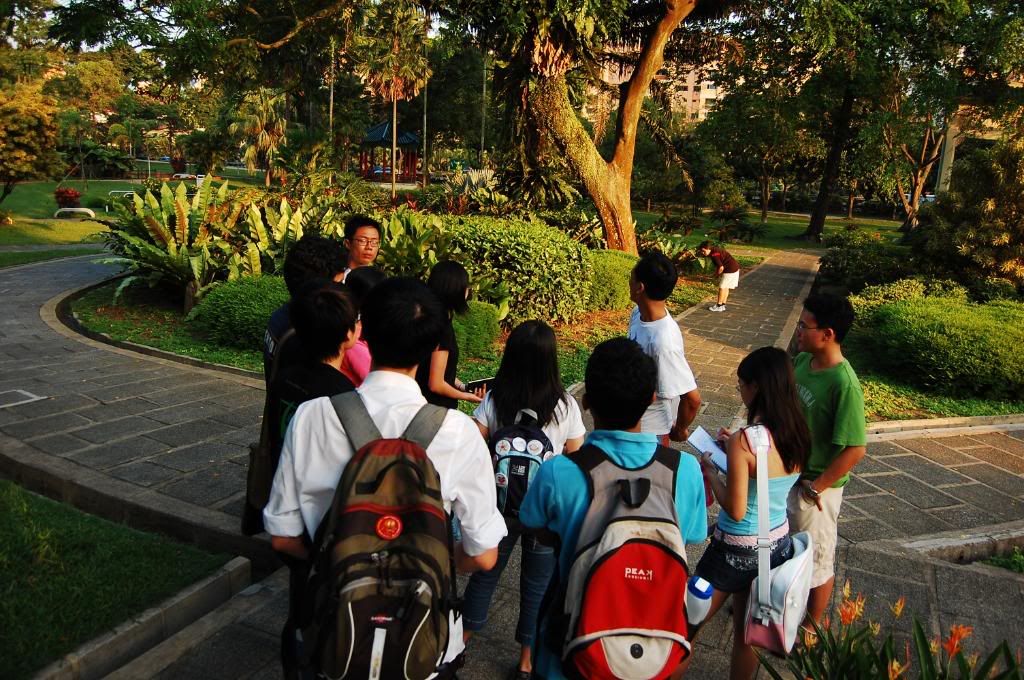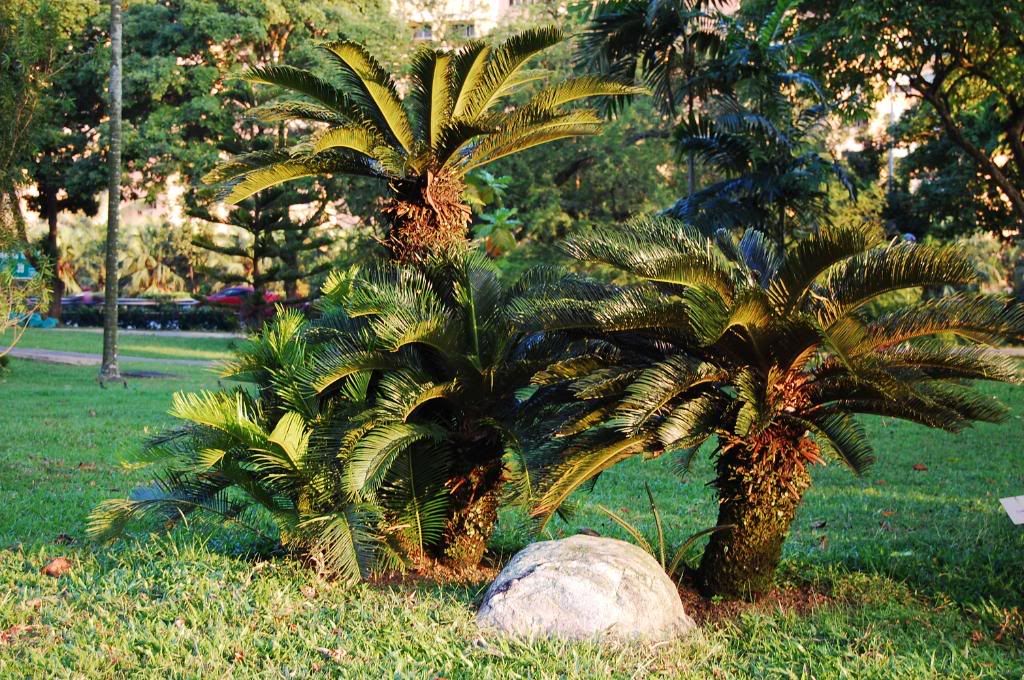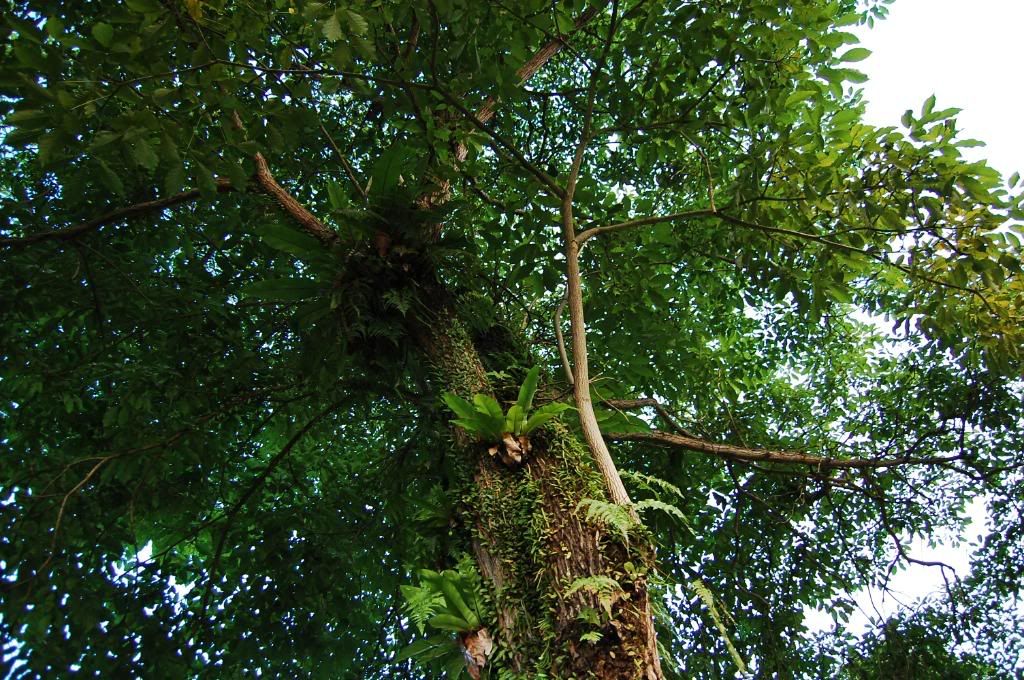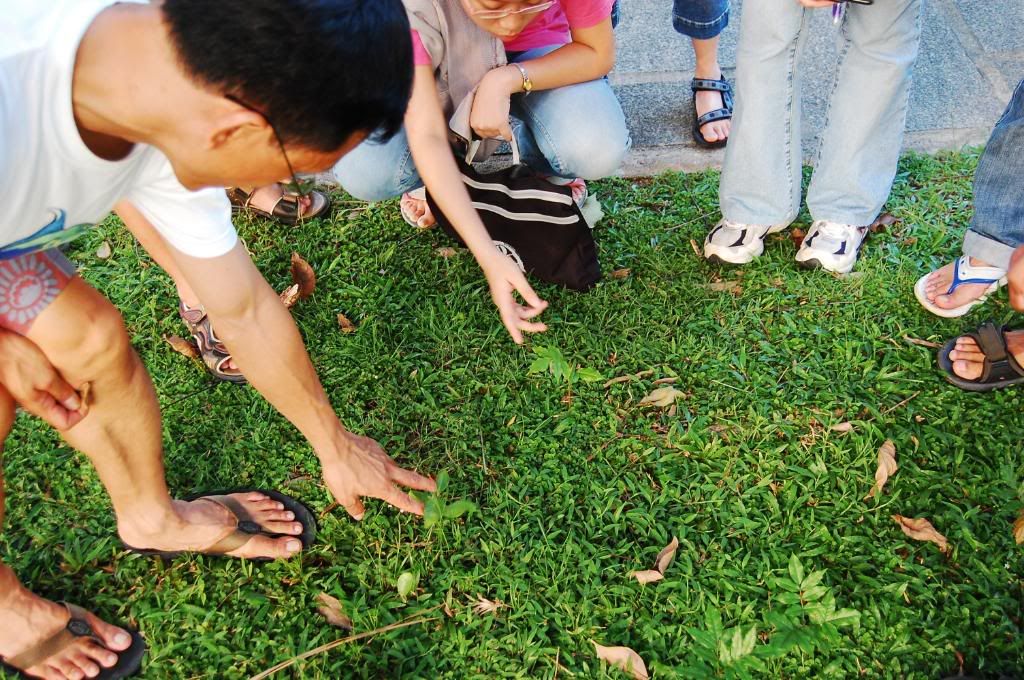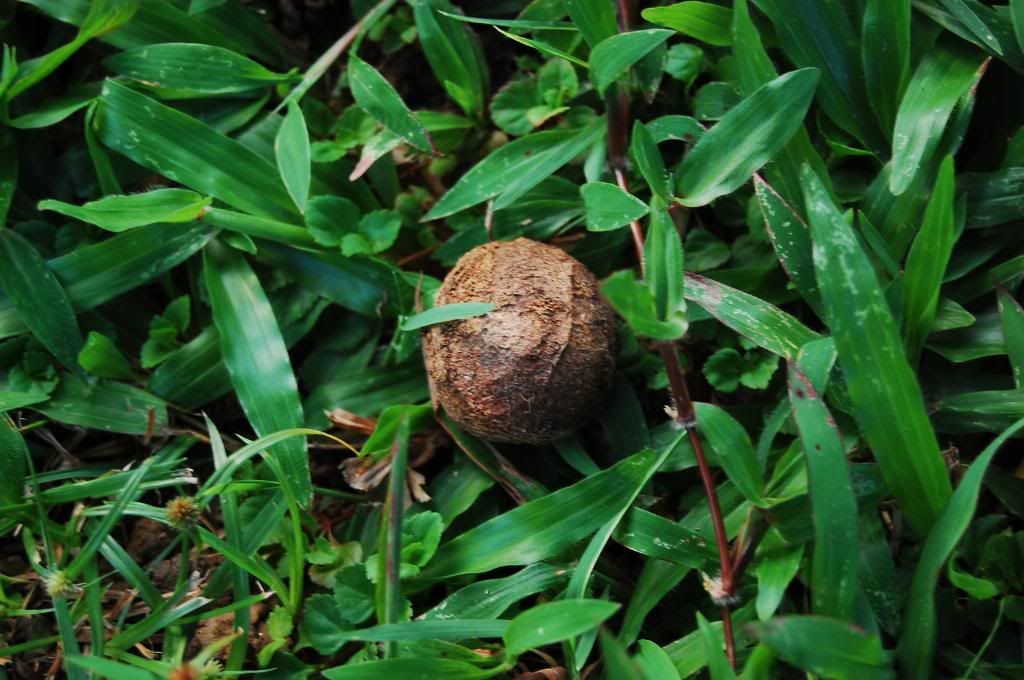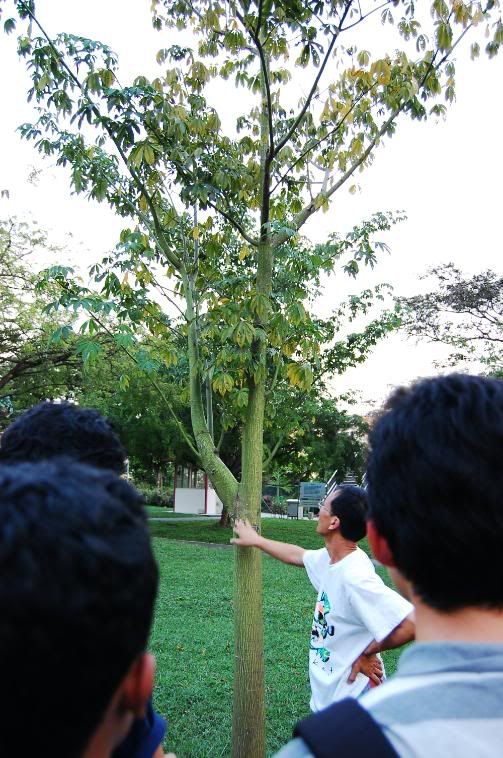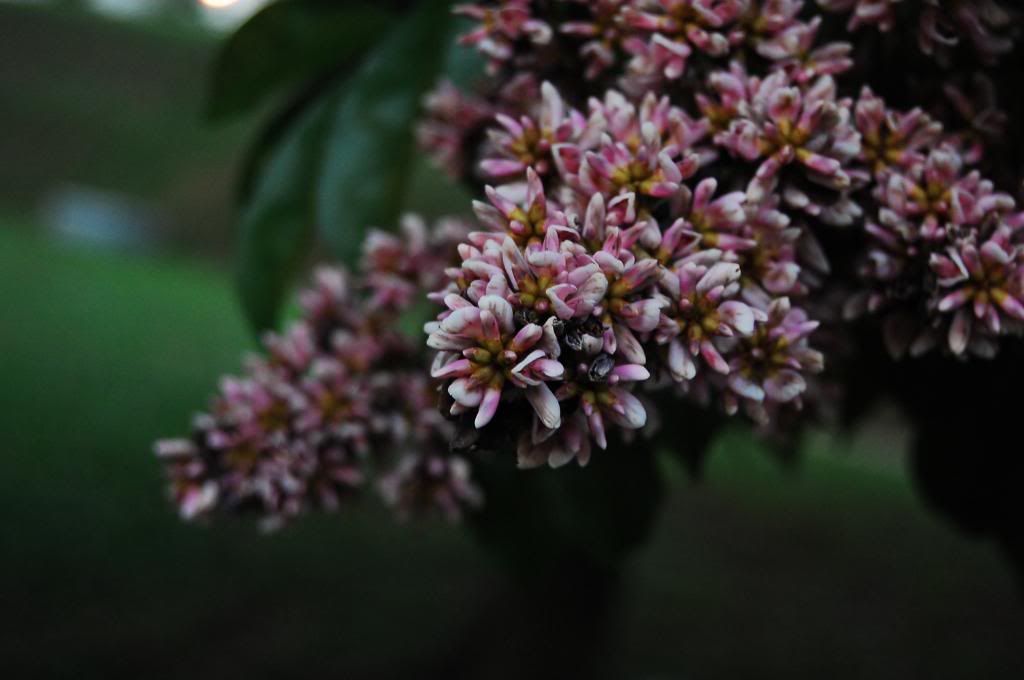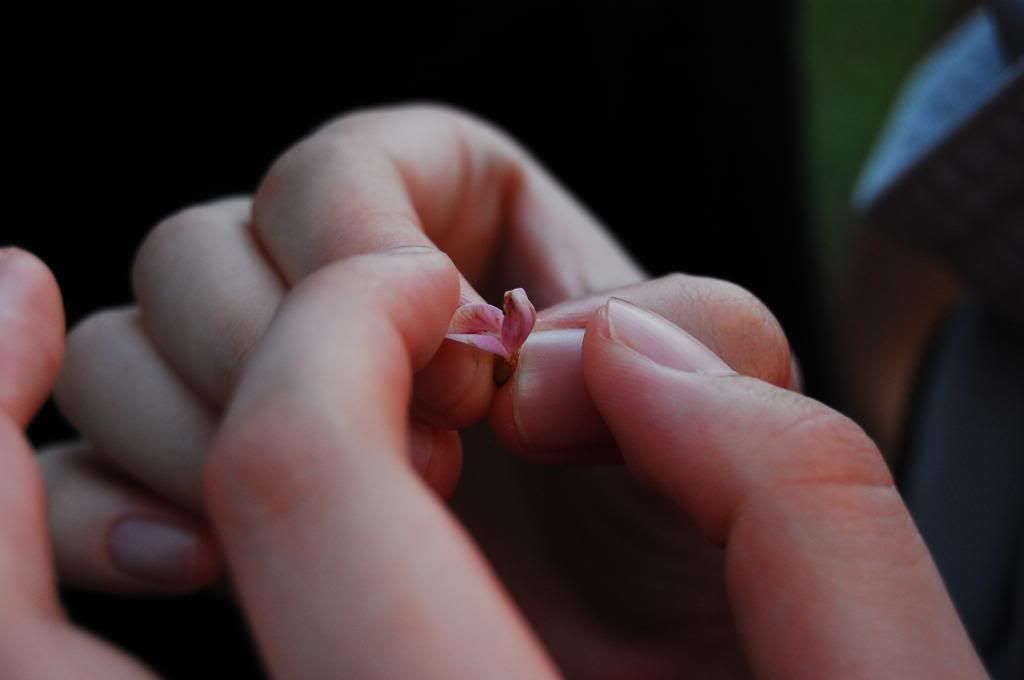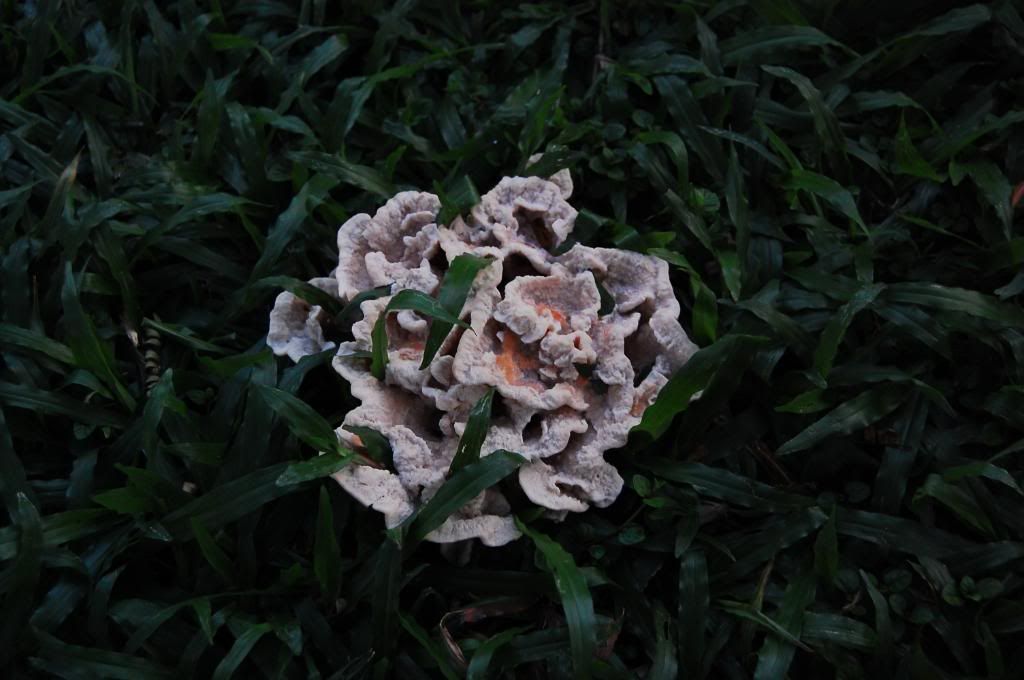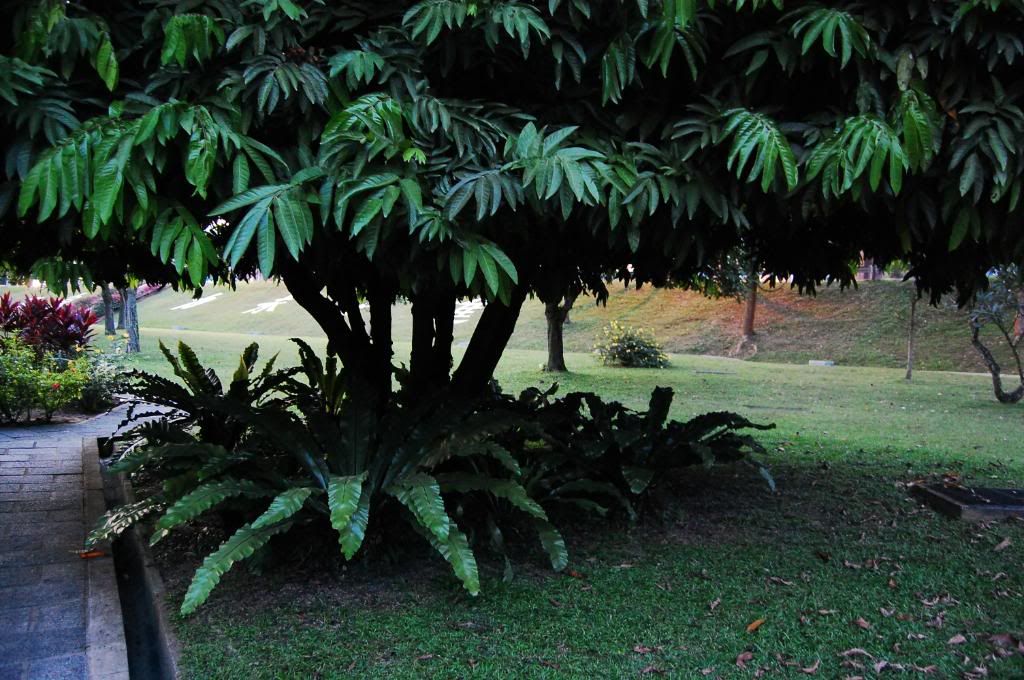The first game involved protecting an egg using recyclable materials, after which the whole art piece (with the poor egg hidden within the creation) was thrown onto the ground. The group whose egg did not break won the game. I hope the game made an impact on the undergrads about the usefulness of recyclable materials as much as the throw did on some of the eggs.
Throwing the protected egg...

The second game was a three legged race in which the group which filled 2 cups with the most marbles and water respectively wins. It was a tiring but exhilarating race in the ruthless late morning sun.
Simultaneous with the three legged race… hello doggie… (I WANT YOUR FOOD!! *woof)


After lunch, we set off for Chek Jawa in a total of 4 vans. Chek Jawa is situated at the eastern tip of Pulau Ubin. Chek Jawa escaped reclamation and preserved its natural state, hence enabling us and many other groups to visit its rich marine life today. We first made our way to House number 1 after a bumpy van ride. The house is so named because it is a house, and its address is number 1.
My guide then took my group to a board walk just beside House number 1. We spent quite some time there marveling at a whole ‘field’ of sea grass, weeds, trapped fishes, crabs, their molts and anemones. Something which I found particularly exotic was the self sacrificing nature of the male fiddler crabs. The males have an extra long pincer which is red in colour while females are a (relatively) boring shade of grey. This is so that birds prey on the males which are easier to spot instead of the females as the latter are rarer. How touching…
We then headed to another boardwalk which led us to the mud flats. There, we saw most of the marine life. It was amazing! We saw hermit crabs, tube worms, sea cucumbers, sand dollars, bristling worms, sea stars, two mantis shrimps, a moon snail, a nudibranch, a catfish and a carpet anemone.

You only see some of the hermit crab here. When you see a beautiful shell on the beach, don’t bring it home! It is the home of hermit crabs though they may not be in when you visit them.
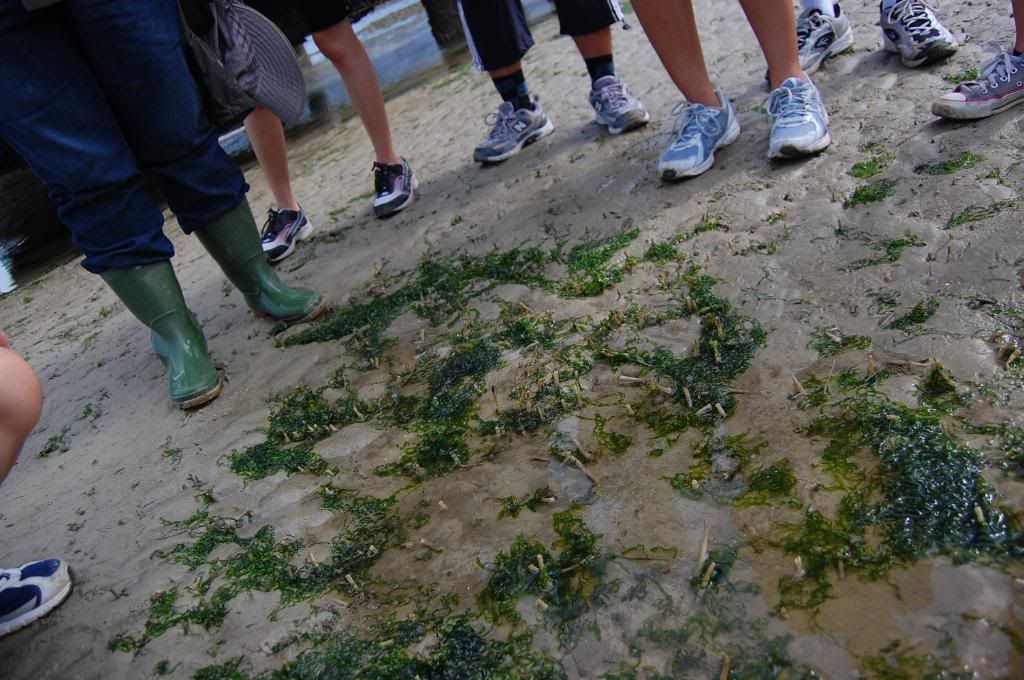
See the tubes poking up from the ground? Those belong to the tubeworms. *shivers (I don’t like worms…)
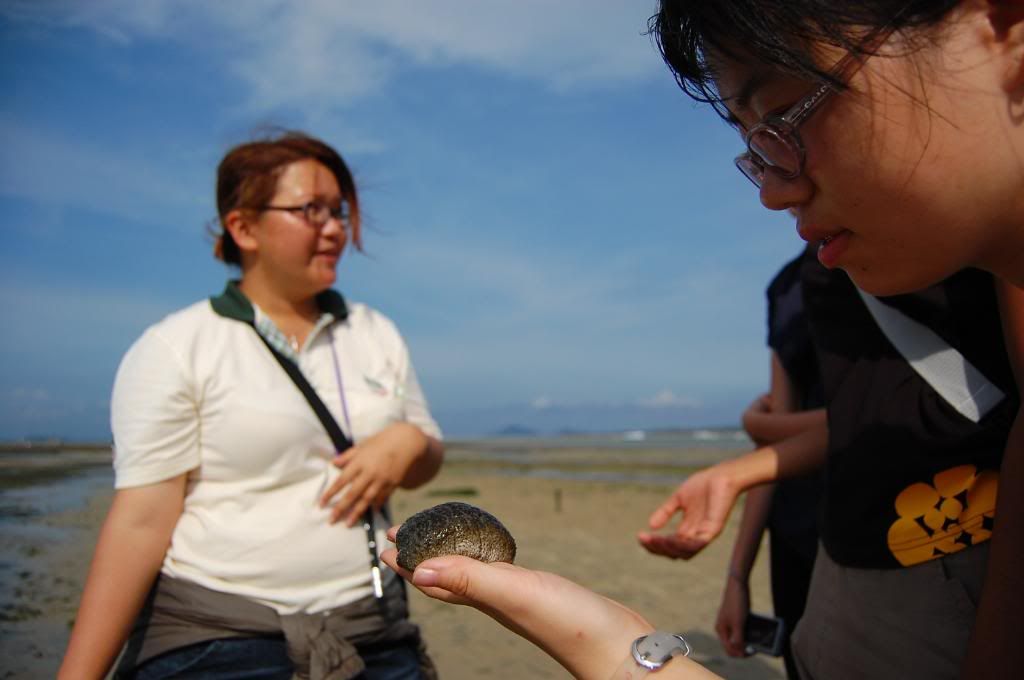
The slimy and cute sea cucumber. It’s rather shy, it contracts and appears smaller when in human hands.
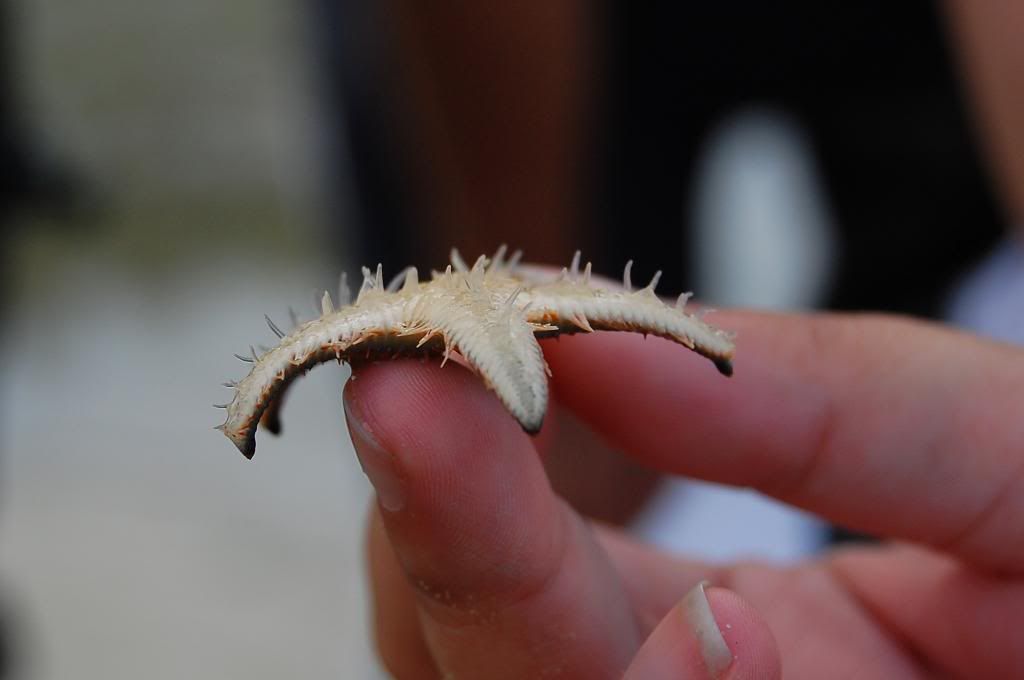
The Ferrari Seastar in action. It flips itself over very fast hence its name.

The nudibranch.
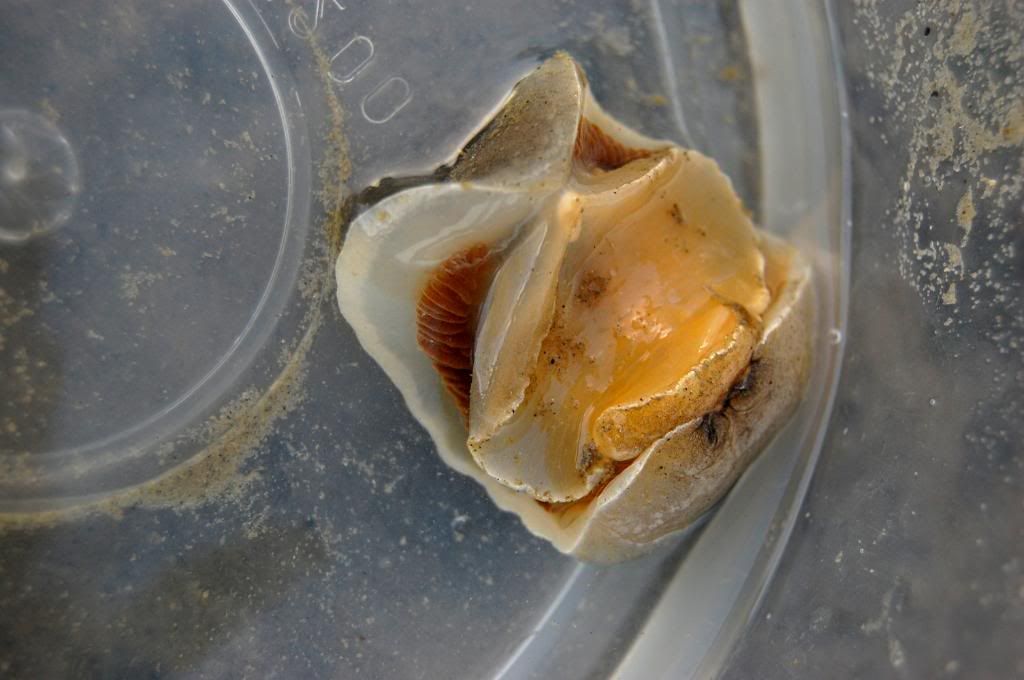
Those circular disc-like objects are the sand dollars. They are actually alive and the tracks you see are evidence of their movements. Sand dollars are actually the mermaids’ and mermen’s currency too.
I found the Chek Jawa trip educational and an eye opener. My knowledge of marine life is very limited, so I learnt quite a lot from this trip! I also hope that through experiencing marine life first hand, the participants learn to appreciate them more and do their part in saving nature.
For more photos of the other marine life, please visit http://s236.photobucket.com/albums/ff263/earthlink0708/Chek%20Jawa%20231207/?start=0

